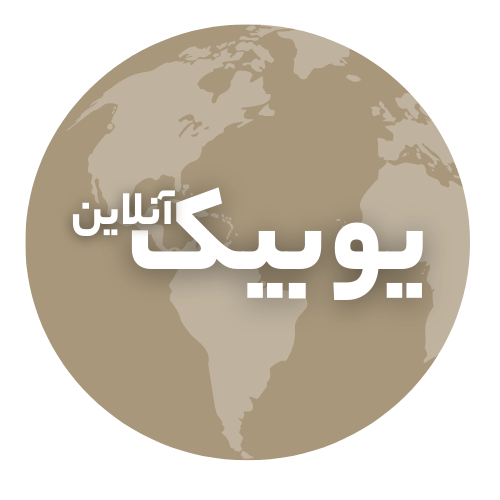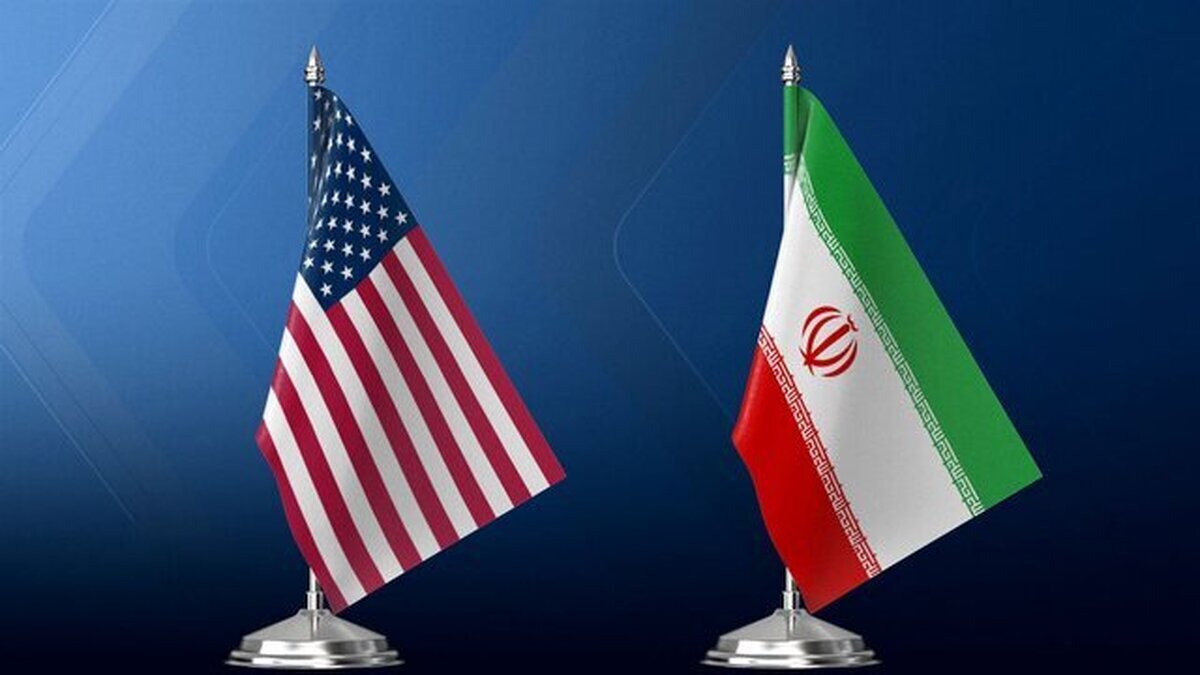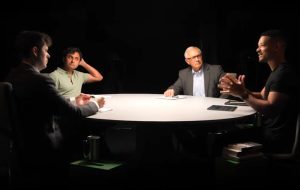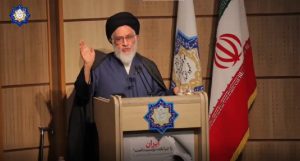Group of Thought: The following report that in the newspaper Iran Published, a summary of the book “Iran -American Dialogue: From the Constitution to the White Revolution” with the Matthew Keeping service. Shenon is presenting a different approach to the history of relations between the two countries. Samira in pain The author emphasizes that the book focuses on social, cultural and transnational history rather than mere focus on official diplomacy and macro political events. The author of the book, with a new perspective, believes that history should be read from bottom to top. This work, by collecting articles from various researchers, considers Iran -US relations as intertwined currents. The authors, by examining the role of non -governmental networks, immigrants, students, missionaries, and social activists in the formation of these relationships, show that the dialogue between the two nations did not only occur in the State Department’s rooms, but also in public spaces, universities and even families. Therefore, the author emphasizes complexity and diversity. In his report on the book, Darda emphasizes that the book avoids simplistic and one-dimensional narratives and provides a multidisciplinary image of the two countries’ relations, including friendly, domineering, and technical-academic interactions. Finally, this book understands the reader that in order to understand the past and a future conception of dialogue, the human and forgotten layers of these relationships must be taken into account.. This report is below:
****
Relations between Iran and the United States in the past century is one of the most sophisticated and high -profile diplomatic, cultural and political communications in the international arena. However, in common literature, these relations are mainly defined by events such as the August 6, the Revolution, the conquest of the US Embassy, and the nuclear dialogues. But the background of these relationships goes back to decades before World War I;; When neither the US was universal power nor Iran was still involved in the complex geopolitical games of the cold war. The book “Iran -American Dialogue: From the Constitution to the White Revolution” with Matthew Kay’s service. Shenon is an attempt to look at these relationships from another angle, That is to say, from the perspective of forgotten actors, human experiences and cultural interactions that have been formed before lexicals such as “westernization” or “American imperialism”.
The book “Iran -American Dialogue” is the result of the collaboration of a group of American, Iranian and Iranian scholars who came together at the Conference on Iranian Studies at the University of California. Matthew Key Book Settar. Shenon, a professor of history and researcher in the field of transnational relations, has set the conceptual path of the book based on the theory of “interconnected history” in a detailed introduction. D.In this view, Iran -US relations have been examined not as two independent actors, but as two intertwined and intertwined currents; An idea that comes from social history, immigration, cultural exchange and popular diplomacy.
Book Articles to BThey have been reading the role of non -governmental networks, universities, educational institutions, Iranian immigrants and social activists in shaping relations between the two countries. The authors have tried to highlight the less -seen topics and replace the analysis of the “low history” with traditional narratives. In other words, this book explores the bold presence of individuals, institutions, universities, student networks, and nongovernmental organizations in the formation of Iranian -American relations.
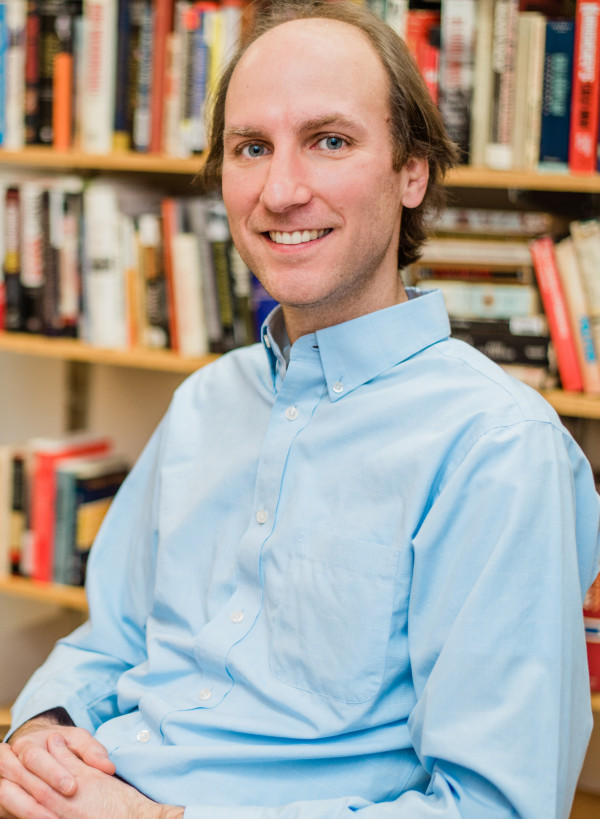
Matthew Shenon
Frequently a relationship
The book contains Twelve chapters That each chapter is dedicated to a particular section or subject. In the first chapter, John Qazvinian, using Iran’s Foreign Ministry documents during the Qajar era, has re -read the role of Iran’s first diplomats in the United States. He has shown how the American Office of Affairs was established in the late 19th century by the Qajar government and analyzes the role of Assyrian and Armenian Iranians in the formation of the two countries’ consular relations.
Chapter Two To the general pen of Jay. Shenon is dedicated to the mission of Morgan Schuster, the Treasurer of the Constitutional Government. The author, relying on the US National Archives and Schuster’s personal memoirs, has provided a detailed picture of the first direct and documentary of an American official with the Iranian political structure. He has shown how the American media have aligned the constitutional image with democratic ideals. In Season Three This work deals with Kyle Olson’s “Old Law” and Iran’s controversy with the French monopoly in the field of archeology. The author, using the documents of the Museum of the University of Pennsylvania, has shown how Iranian reformists have used cultural diplomacy to redefine the West.
Turquoise Kashani at Chapter Four It explores the oil and border competition between Iran, Saudi Arabia, Britain and the United States in the Persian Gulf. Using Persian, Arabic and English sources, he has shown how the ethnic and linguistic policies of the colonialists have imposed a new regional order on Iran.
Also “Gregory Go” in Chapter Five, With the analysis of the Oil Consortium, it has attempted to explain the relationship between oil nationalization and “structural irrigation”. He analyzed the British Petroleum documents and the US archive, analyzing the II Pahlavi oil rotation and the start of a balance of power in the energy market.
Matthew Shenon in Sixth season The book has examined the American missionary educational institutions in Tehran after World War II. Focusing on the Alborz College, the Beit School, and the Sacital School, he has examined the role of American religious culture in shaping Iranian educational identity. In Season 7 Written by Richard Garlitz, the author has dedicated aid programs pursued by US academics to modernize Iran. He has shown this chapter how universities such as Utah and Brigum Young have been involved in designing development programs for the University of Tehran.
Chapter Eight Yasmin Rostam Kolai has been written and has documented the experience of members of the Peace Corps in Iran using oral history interviews. He has shown how young American volunteers during the White Revolution have changed their perception of Iran and even US foreign policy by contacting ordinary Iranian people. In Chapter 9 By Aida Yelzadeh, the author has worked on Iranian students in California in the early 1980s. Through Parviz Shawkat’s personal archive, he has shown how these students have been able to link the Shah’s opposition to the areas of racial justice and civil rights in the United States.
In Chapter 10Michael Amin’s Camel has introduced the Oral History Project of Iranian Immigrants in Michigan. He has shown that education has been the main driver of Iranian migration, and US universities have become the center of the formation of the first Iranian-American society. In The end of the bookCyrus Shayegh has highlighted three key concepts by summing up the chapters: The first is the role of the third part, the second overlap by government and nongovernmental actors, and ultimately the vague nature of American imperialist power, which is examined separately and detailed in the final section. He concluded that Iran -US relations in the twentieth century have been formed at the same time as the interference of cultural, economic and diplomatic areas, and can only be understood in the light of the “interconnected dates”.
Unexpected dialogue
Unlike many studies that have reduced the history of Iranian -American relations to ideological confrontation, the authors of this book have tried to reveal a set of multinational relations; Relations that were sometimes friendly and cultural, sometimes with domination and challenge, and sometimes the result of technical and academic cooperation.
One of the main values of the book is the passage of linear and simplistic narratives. Researchers have considered not only state diplomacy, but also cultural action, educational policy, immigration and memory as part of the history of the two nations. In other words, Iran -US dialogue in this diplomacy book has not been formed solely in the State Department’s rooms, but also in Tehran’s streets, Tehran University classrooms, Utah lectures and dining tables in Detroit neighborhoods. From this point of view, the book can be seen as an example of “interdisciplinary” historiography That combines history, anthropology, cultural studies, and international relations. The authors have relying on a variety of documents, from national and academic archives to oral history interviews and personal memories, revealing all aspects of relations between the two countries. The same variety of resources has added to the richness of the book and has made it appealing to academic and non -university audiences.
In the early chapters of the book, two main axes are highlighted in the analysis of Iranian -American relations: The first is Iran’s attempt to find a new ally during the decline of Qajar authority and the second is Iran’s idealized image in the American public view. John Qazvinian, with an archive, shows that during this period the experience of diplomacy was integrated with commercial skills.
He reads the familiar narrative of diplomats such as Haji Washington and establishes a link between the first immigrants and the fledgling Iranian diplomacy. Following is a book by William Schuster’s mission in Iran, providing an interesting picture of Iran’s representation in the American media of that era. These narratives provided a background to believe in the “mission of American civilization” in the twentieth century; The belief that was later manifested in the form of technical assistance and public diplomacy during the Pahlavi era.
In the middle chapters of the book, the story of archaeologists, diplomats and architects of the new Gulf order is told. Matthew Shannon’s research on Alborz School and the Educational Institutions of the Church represents the tension between Iranian indigenous culture and American values; Institutions that not only trained, but also created cultural and social identity. On the other hand, Turquoise Kashani’s article takes us to the Persian Gulf world. He shows how the post -World War II order, by changing the center of gravity from London to Washington, imposed a new form of border and oil policy on Iran.
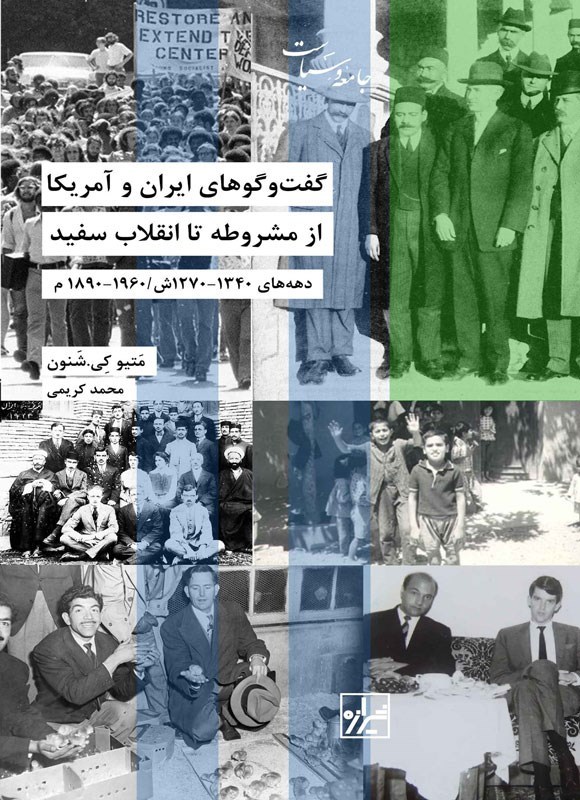
Date is written from the bottom
One of the strengths of the book is to avoid elite narratives and focus on living experiences. In the final chapters, three articles, using oral history, provide a new analysis of the role of the people in building the relationships between the two nations. Yasmin Rostam Kolaei, by analyzing the narratives of the members of the Peace Corps, depicts a mutual and human relationship between American youth and the Iranian people. The volunteers entered the field not as the carriers of American politics, but as cultural actors, and sometimes criticized formal programs.
The book, emphasizing the forgotten narratives, has drawn a more humane face than the Iranian -American relationship; A face in which governments are not all -out, people are not spectators, and mass memory is not just a product of the media. The same look can be seen in Aida Yelzadeh’s article. By examining the protests of Iranian students in San Francisco, he shows how the Iranian political struggle in the United States has expanded to areas such as racial discrimination and social justice in the United States itself. This article analyzes the relationship between Iran and the United States from the “immigration” and “resistance” point of view and highlights the role of Iranians in rebuilding American public imaginations from their country.
Also in the final chapter, Michael Amin, analyzing the Oral History Project of Iranian Immigrants in Michigan, shows how the “move” process has become a factor in redefining Iranian-American identity. He emphasizes that universities, civic institutions, and friendship networks were contexts that have kept the dialogue alive in the absence of formal diplomacy. Accordingly, The book attempts to show that if a future for dialogue is to be conceived, it must definitely cross these human, transnational, and network layers. This work strives to provide a model for such a future and gives a deeper understanding of the stressful past.
Iran -US Interviews:
From the constitution to the White Revolution
The decades of the 5th-8/2-5
Author: Matthew K. Hearing
Translator: Mohammad Karimi
Publications: Shiraz
Page number: 1 page
Price: 1 thousand USD
1
منبع: www.khabaronline.ir
